
Product
Upper Back Support
₨1,000.00Current price is: ₨1,000.00. Original price was: ₨1,500.00.
An Upper Back Support is a wearable brace designed to stabilize the thoracic spine, improve posture, and relieve muscle tension. It helps reduce upper back and shoulder pain caused by poor posture, injury, or prolonged sitting, making it ideal for daily use, rehabilitation, or posture training.
Add to cart
Buy Now
An upper back support—often in the form of a brace or posture corrector—is designed to provide stability, relieve pain, and encourage proper alignment of the thoracic spine. Here’s a quick rundown of its key uses:
🧍♂️ Common Uses of Upper Back Support
– Posture Correction: Helps pull the shoulders back and align the spine, reducing slouching and “tech neck” from prolonged screen time.
– Pain Relief: Alleviates discomfort caused by muscle strain, poor posture, or conditions like kyphosis, scoliosis, and spinal stenosis.
– Spinal Support: Offers external stabilization for the thoracic spine, especially useful after injury, surgery, or trauma.
– Muscle Tension Reduction: Reduces load on fatigued upper back muscles, easing tension and promoting relaxation.
– Activity Support: Useful during work, lifting, or repetitive upper-body movements to prevent strain and injury.
🕒 When to Use It
– During desk work or long periods of sitting
– While walking or doing light chores
– As part of a recovery plan after injury or surgery
– In combination with physical therapy or posture exercises
It’s a great tool for both short-term relief and long-term posture improvement—but it should be used mindfully and ideally with guidance from a healthcare provider. Want help choosing the right type for your needs? I can break down the options.
| Weight | 0.3 kg |
|---|








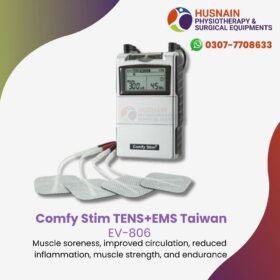
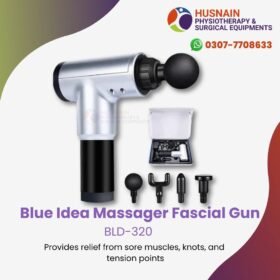

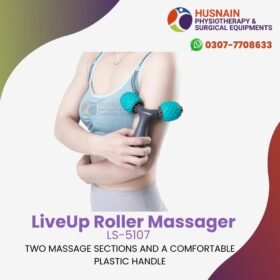
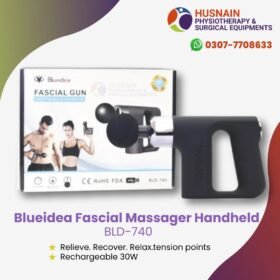
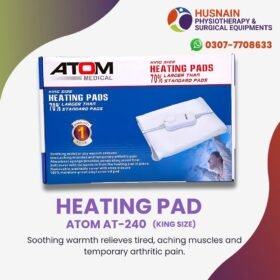
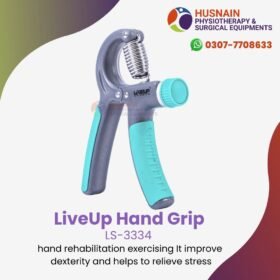
Reviews
There are no reviews yet.